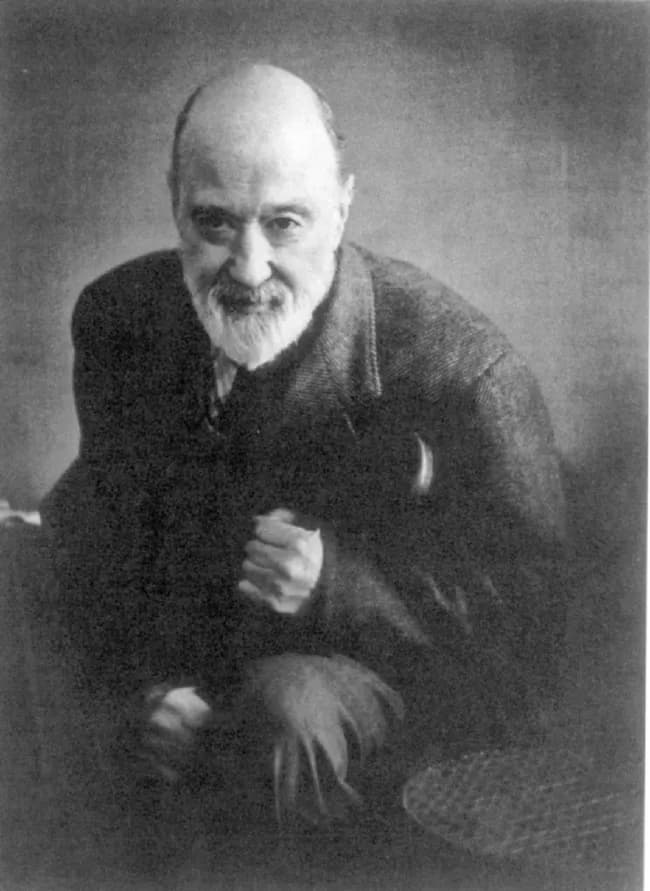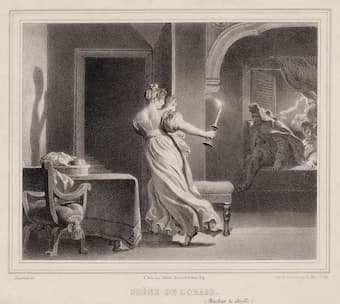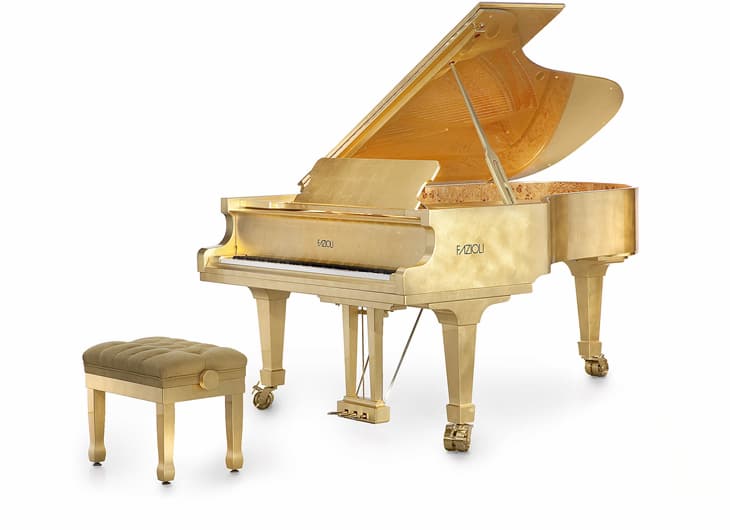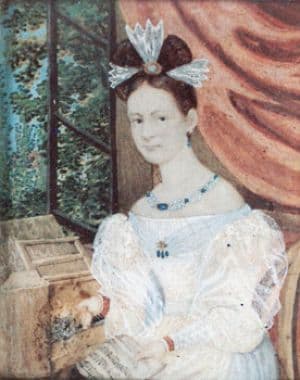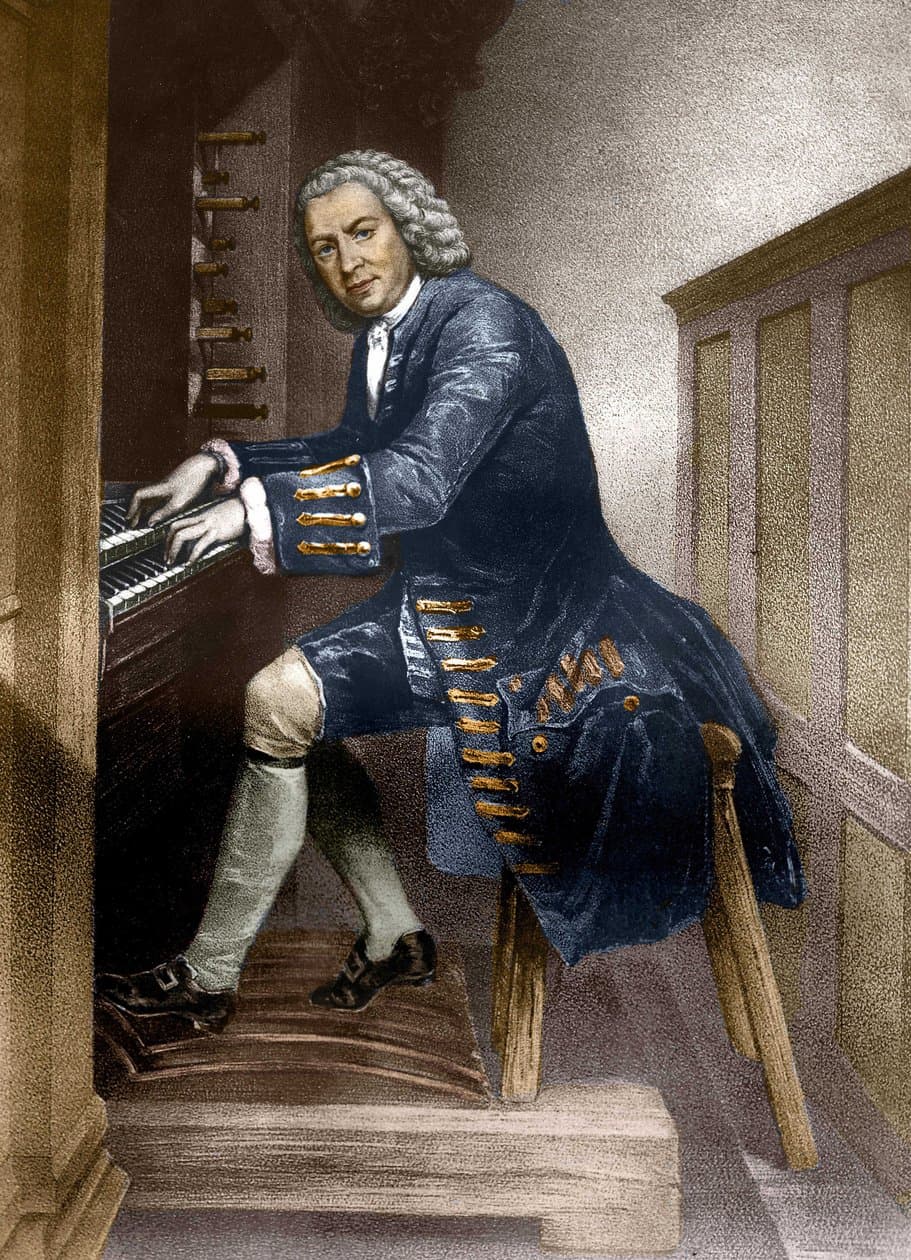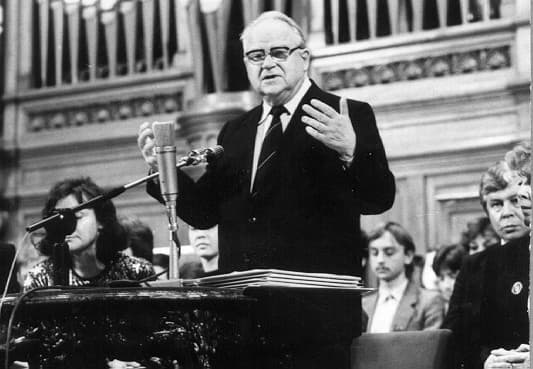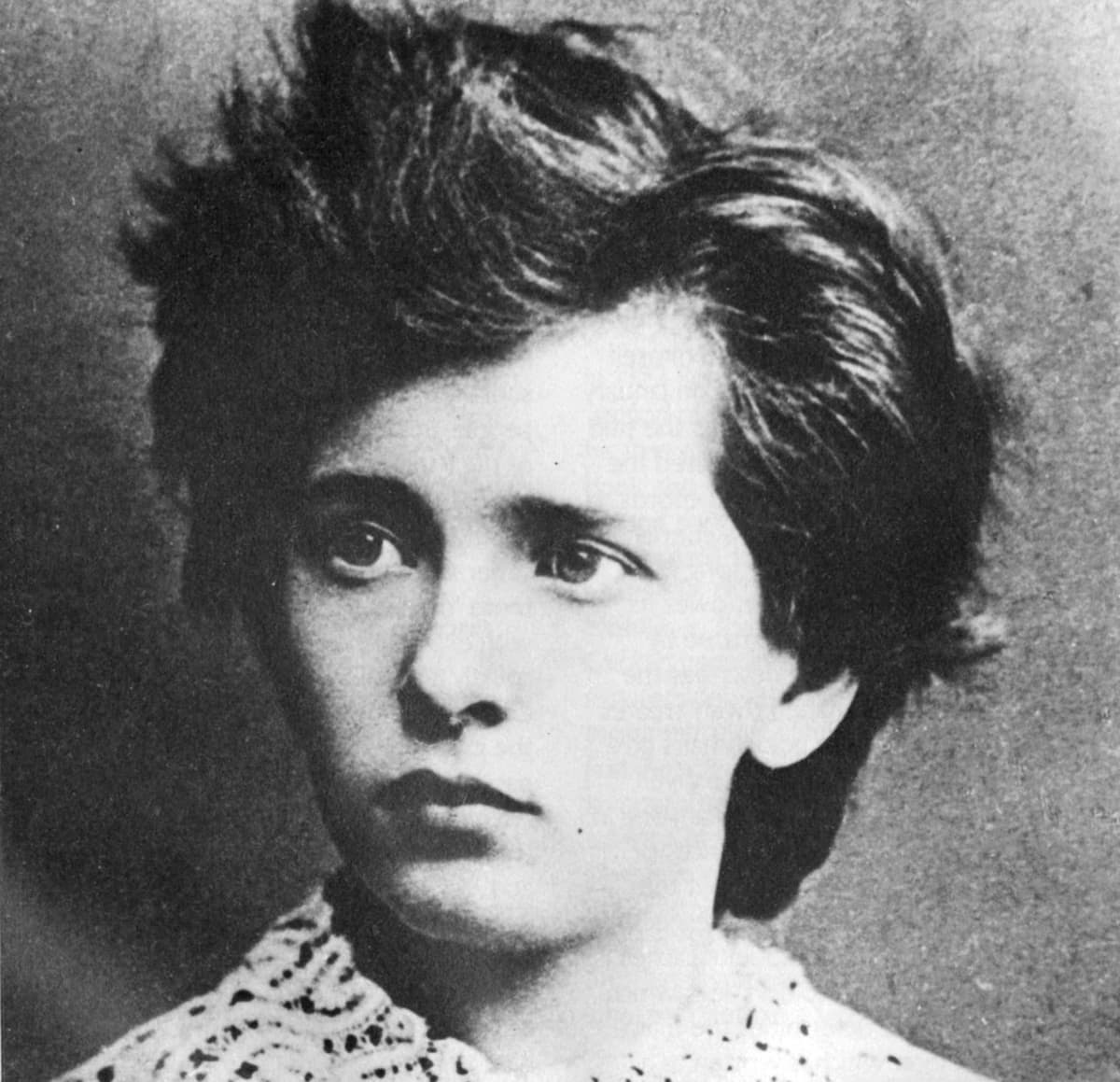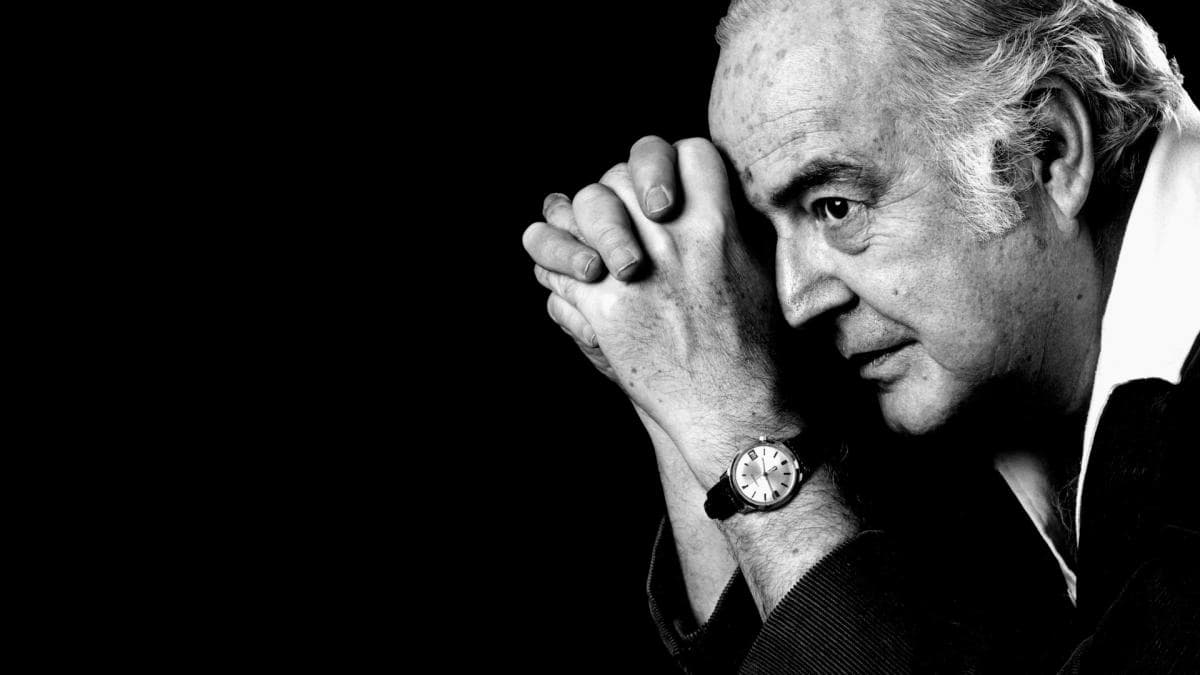American composer Charles Ives (1874–1954) was one of the most original of America’s composers. For one thing, he had a very successful day job in the insurance business, and his early work in the business led to the basics behind
Blogs
Nowadays, classical music audiences are usually pretty tame. The worst that happens at an average concert is that people glare at someone else for applauding at the wrong time. It wasn’t always this way, though. Today we’re looking at seven
In automotive circles an entire sub-culture has enthusiastically emerged around modified cars. It is called car tuning and most commonly involves attempts to improve the performing and handling characteristics of the vehicle. In fact, high-end tuning companies around the world
Many classical music lovers know the story of composer Robert Schumann and his pianist wife Clara Wieck: how they fell in love as young people, how Clara’s tyrannical father discouraged the match, and how they finally got married in 1840,
“They will outlive all changes of fashion in music” The collection of six sonatas in trio sonata form for organ BWV 525-530 by Johann Sebastian Bach are generally regarded as masterpieces for the instrument. We find them in a manuscript
Tikhon Khrennikov (1913-2007) was a very powerful man indeed. During the 1930s, he was hailed as the leading Soviet composer, and by 1948, Khrennikov was nominated as General Secretary of the Union of Soviet Composers. That powerful state-created organization for
On 27 July 2024, we celebrate the 100th anniversary of Ferruccio Busoni’s (1866-1924) death. At the time of his passing, he was widely remembered as a pianist with legendary technique, “but his activities as composer and author usually received only
Samuel Barber (1910-1981) strongly resisted experimental music trends during the 1920s. Actually, he has frequently been compared to Brahms, who was also unaffected by the fashions and dictates of his time. Both, in fact, continued to compose expressive, lyrical music

